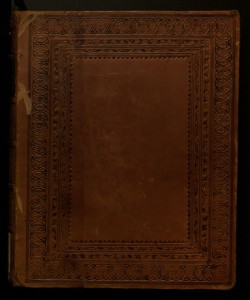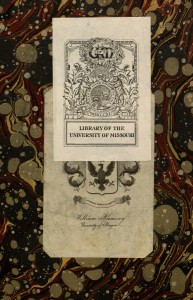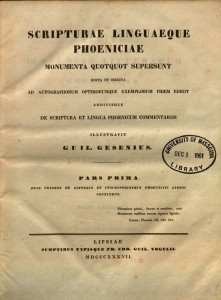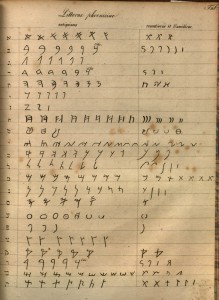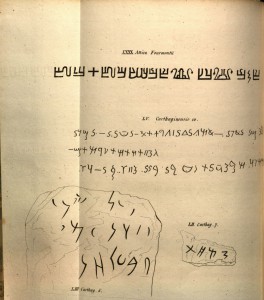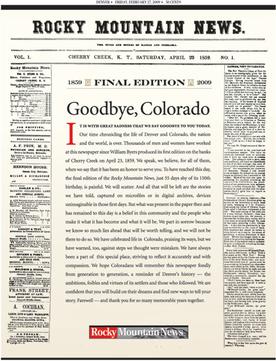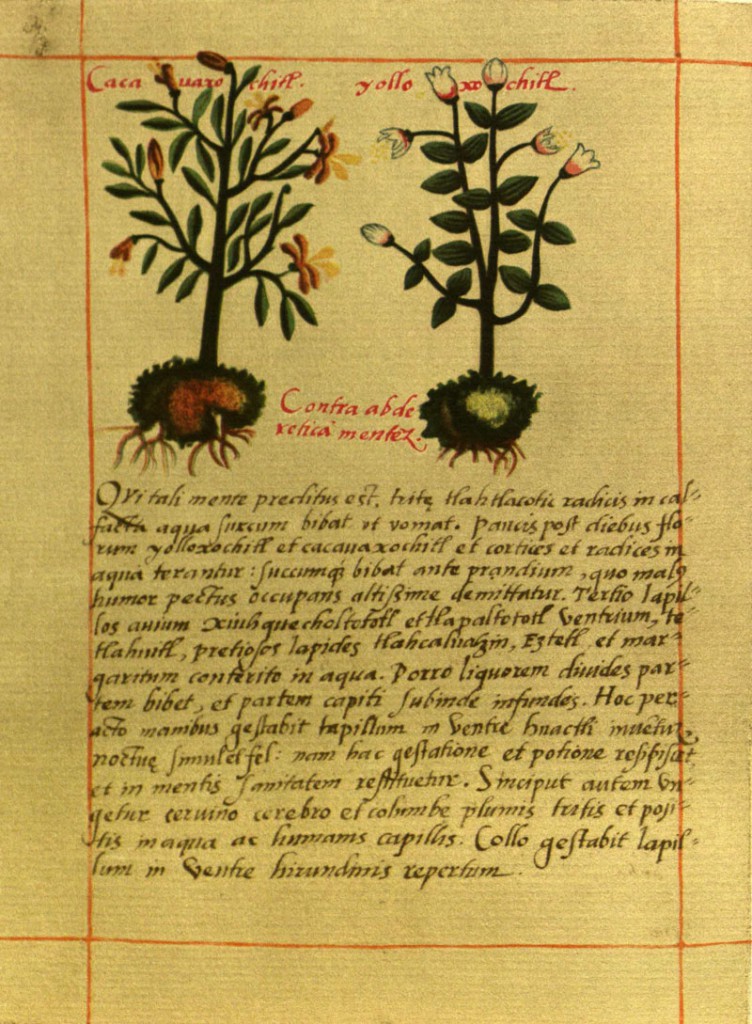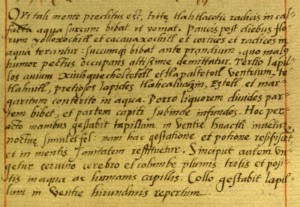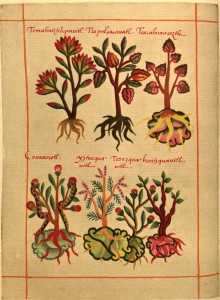Today is the birthday of Heinrich Friedrich Wilhelm Gesenius (1786-1842). He was a Hebraist and later a professor of theology at Halle, where his lectures were popular among students because of his irreverent tone toward more traditional approaches to Scriptural problems. He pursued a purely philological approach to Hebrew Scriptures at a time when Biblicists were sharply divided between rationalists and the neo-orthodox.
Gesenius published numerous works on Semitic languages, among which is the two-volume work we are featuring today.
Scripturae linguaeque phoeniciae, was published in 1837 in Leipzig by F.C.G Vogel. It treats the Punic and Phoenician languages and includes tracings of inscriptions and coins, the two sources of evidence for these languages. It also included tables that collated the letter forms several other languages, as well as a very learned-looking discussion in Latin.
Now, who wants to join me in "Happy Birthday"? Anyone know it in Punic?
Scripturae linguaeque phoeniciae..,
by Wilhelm Gesenius.
Published in Leipzig, 1837, by F.C.G. Vogel
Rare PJ419 .G5

